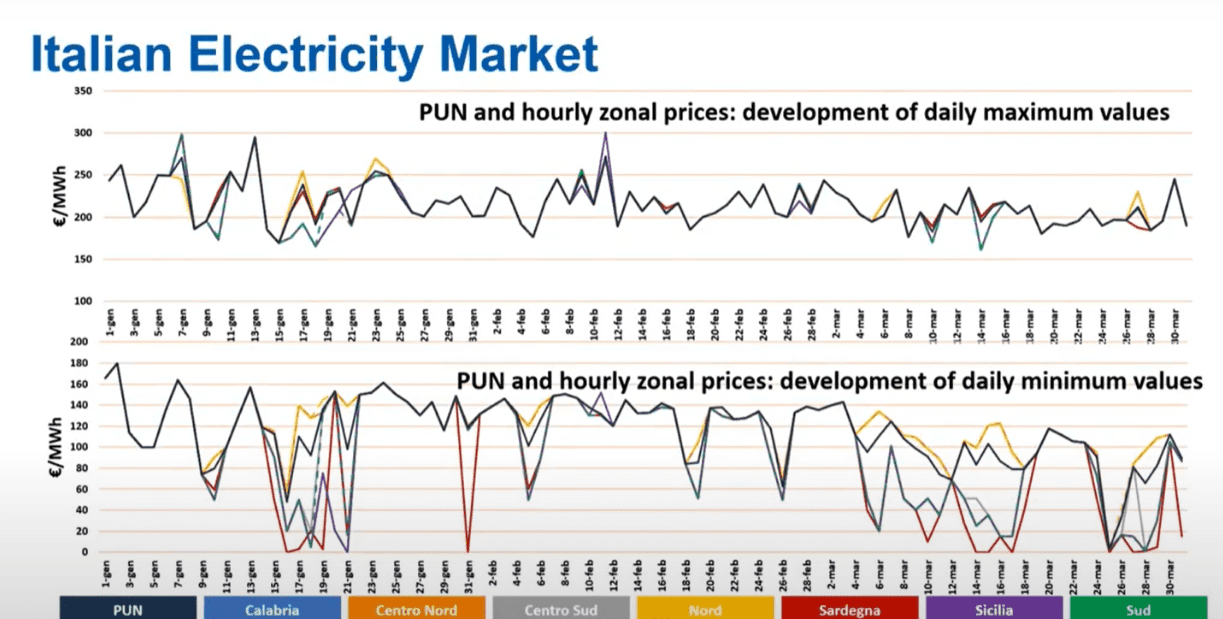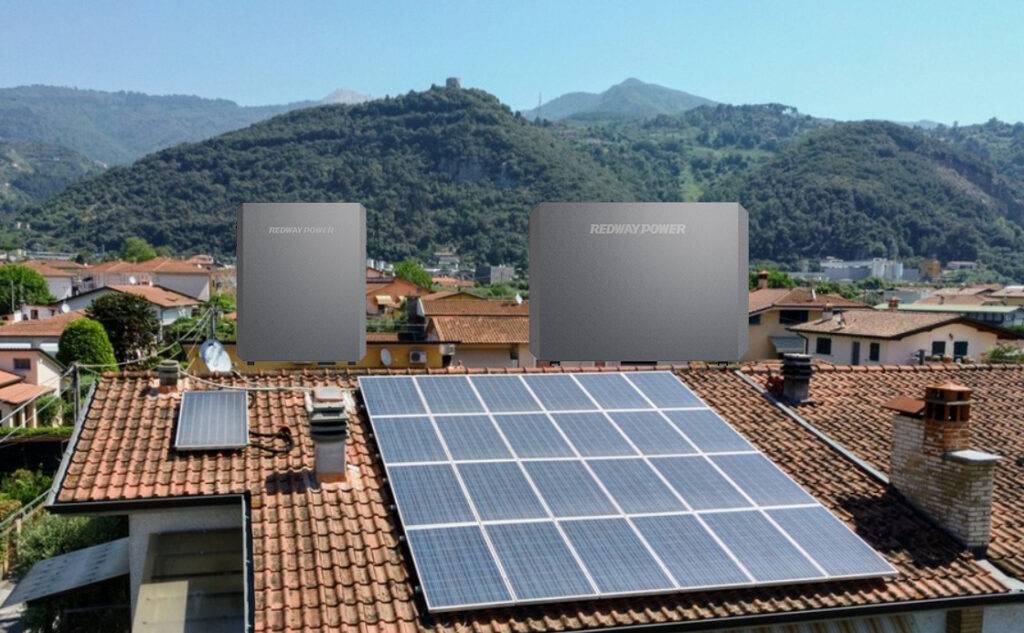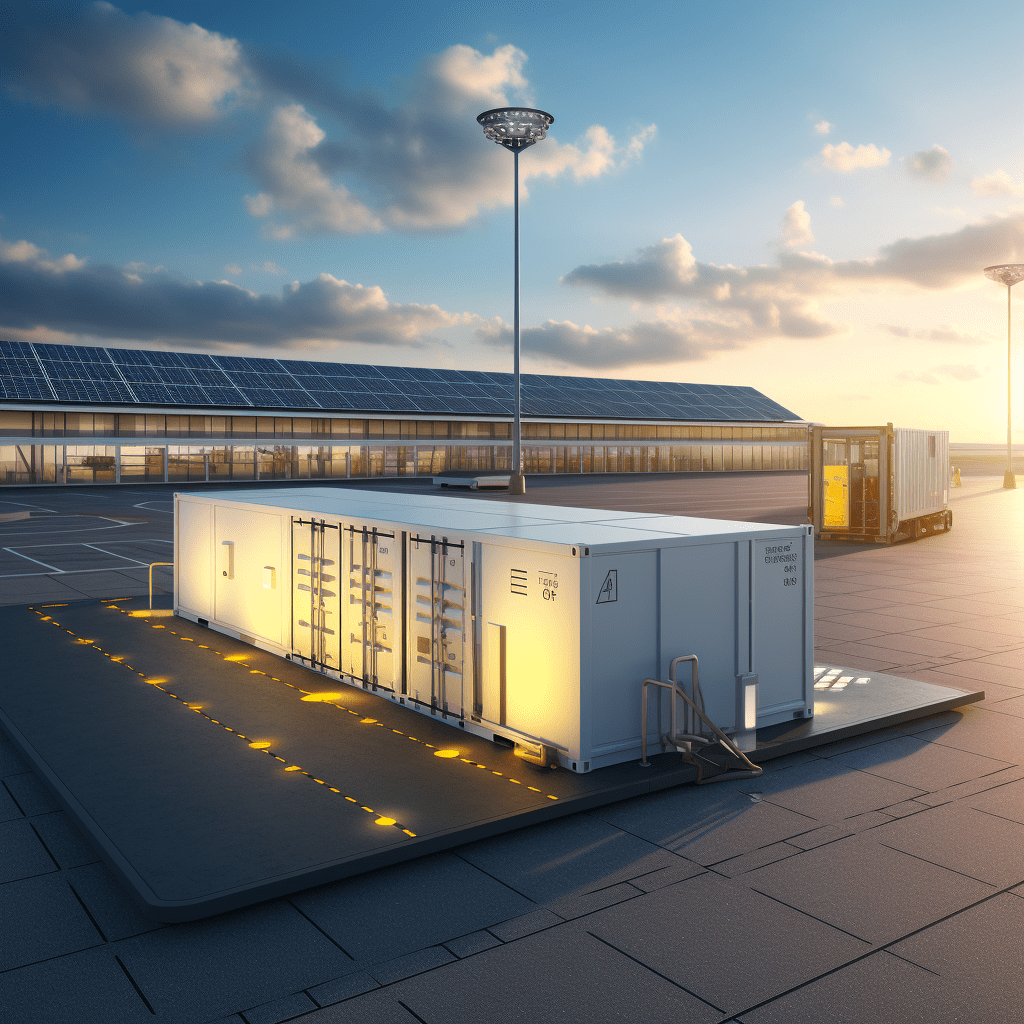The Italian electricity market is undergoing a transformative phase characterized by significant regulatory changes, a strong push towards renewable energy, and technological advancements. As Italy strives to meet its ambitious climate goals, understanding these key changes and growth trends is essential for stakeholders across the industry. This article delves into the current landscape of the Italian electricity market, highlighting its evolution, challenges, and future prospects.
Overview of the Italian Electricity Market
Italy’s electricity market has evolved considerably since its liberalization in the early 2000s. The country is now one of the leading players in Europe regarding renewable energy integration and energy efficiency initiatives. The Italian government has set a target to achieve 100% renewable energy by 2050, driving investments and innovations in the sector.
Market Structure
The Italian electricity market operates under a competitive framework, comprising several key players:
- Producers: Various companies generate electricity from renewable sources (solar, wind, hydro) and conventional sources (natural gas, nuclear).
- Distributors: These entities manage the distribution networks that deliver electricity to end-users.
- Retailers: Retail companies sell electricity to consumers and businesses, offering various pricing plans and services.
Key Changes in the Italian Electricity Market
1. Regulatory Reforms
Recent regulatory reforms have aimed to enhance competition and improve market efficiency. The introduction of the Capacity Market is one such reform designed to ensure sufficient power supply during peak demand periods.
- Capacity Market Details: This mechanism incentivizes power generation companies to maintain available capacity, thereby enhancing grid reliability.
2. Renewable Energy Expansion
Italy has made substantial progress in expanding its renewable energy capacity. The country is particularly focused on solar and wind energy, which are expected to play crucial roles in achieving national energy targets.
- Current Statistics: As of 2023, renewable sources account for approximately 40% of Italy’s total electricity generation. The government aims to increase this percentage significantly by 2030.
| Year | Renewable Energy Share (%) | Total Installed Capacity (GW) |
|---|---|---|
| 2020 | 36 | 55 |
| 2021 | 38 | 58 |
| 2022 | 39 | 60 |
| 2023 | 40 | 62 |
3. Phasing Out Coal
Italy has committed to phasing out coal-fired power plants by 2025, aligning with European Union directives aimed at reducing carbon emissions.
- Impact on Energy Mix: This transition will necessitate a greater reliance on renewable sources and natural gas as transitional fuels.
Growth Trends in the Italian Electricity Market
1. Investment in Energy Storage Solutions
As renewable energy generation increases, so does the need for effective energy storage solutions. Battery storage systems are becoming increasingly vital for balancing supply and demand.
- Market Potential: The energy storage market in Italy is projected to grow significantly, with investments expected to reach approximately €1 billion by 2025.
2. Smart Grid Technologies
The integration of smart grid technologies is enhancing the efficiency and reliability of the electricity supply chain.
- Benefits of Smart Grids: These technologies facilitate real-time monitoring, demand response capabilities, and improved grid management, ultimately leading to reduced operational costs.
3. Consumer Empowerment through Smart Meters
The rollout of smart meters across Italy is empowering consumers by providing them with detailed information about their energy consumption.
- Advantages for Consumers: Enhanced visibility enables users to make informed decisions about their energy usage, leading to potential cost savings.
Challenges Facing the Italian Electricity Market
Despite positive developments, several challenges persist:
1. Bureaucratic Hurdles
The permitting process for new renewable projects can be lengthy and complex, often delaying installations and hindering progress toward national targets.
- Need for Streamlined Processes: Simplifying administrative procedures is crucial for accelerating renewable energy deployment.
2. Regional Disparities in Energy Generation
There are significant regional disparities in renewable energy generation across Italy. Northern regions tend to have more hydroelectric resources, while southern regions rely heavily on solar power.
- Implications for Grid Management: These disparities complicate electricity flow management and necessitate upgrades to transmission infrastructure.
Future Outlook for the Italian Electricity Market
The future of the Italian electricity market appears promising as it adapts to new regulations and embraces innovative technologies:
1. Continued Growth in Renewable Energy Capacity
With strong policy support and investment incentives, Italy is likely to see continued growth in its renewable energy sector. The government’s commitment to achieving carbon neutrality will drive further investments in clean technologies.
2. Enhanced Flexibility through Demand Response Programs
As more renewables are integrated into the grid, enhancing market flexibility will be critical. Demand response programs will enable consumers to adjust their energy usage based on real-time pricing signals.
3. Increased Collaboration among Stakeholders
Collaboration among government agencies, private companies, and research institutions can drive innovation and accelerate the deployment of industrial storage solutions.
FAQs About the Italian Electricity Market
Q1: What percentage of Italy’s electricity comes from renewables?
A1: As of 2023, approximately 40% of Italy’s total electricity generation comes from renewable sources.
Q2: When will coal-fired power plants be phased out in Italy?
A2: Italy aims to phase out coal-fired power plants completely by 2025.
Q3: How is Italy managing its transition to renewable energy?
A3: Italy is implementing regulatory reforms, investing in energy storage solutions, and expanding its renewable capacity through various incentives and programs.
Conclusion
In conclusion, the Italian electricity market is at a pivotal juncture characterized by regulatory reforms, a commitment to renewable energy expansion, and technological advancements. While challenges such as bureaucratic hurdles remain, the overall trajectory points toward a more sustainable and flexible energy system. Stakeholders must remain vigilant and adaptable as these changes unfold, ensuring they capitalize on emerging opportunities while addressing potential challenges head-on.For those interested in high-quality Lithium LiFePO4 batteries tailored for various applications within this evolving landscape—whether for residential or commercial use—Redway Battery offers customized solutions designed for wholesale and OEM customers worldwide. Contact us today for a quick quote!





